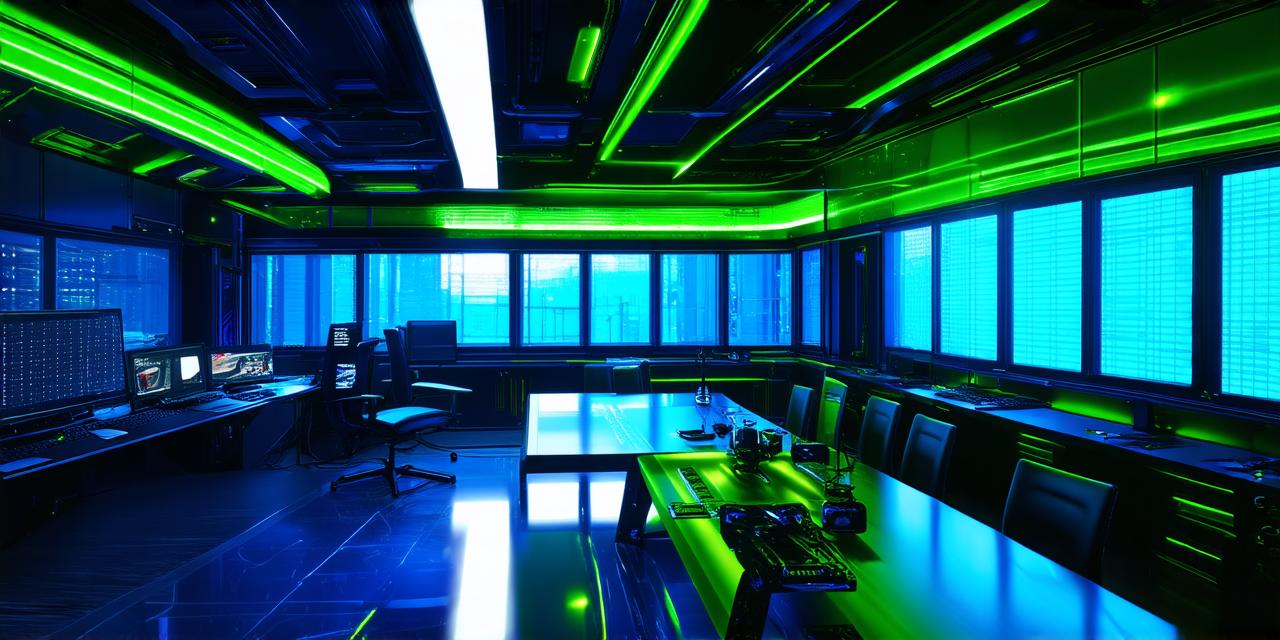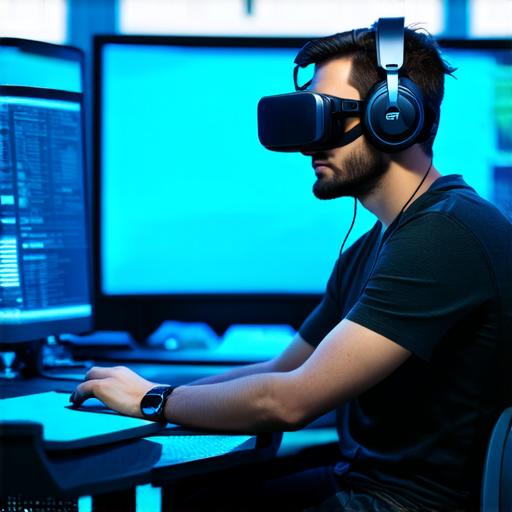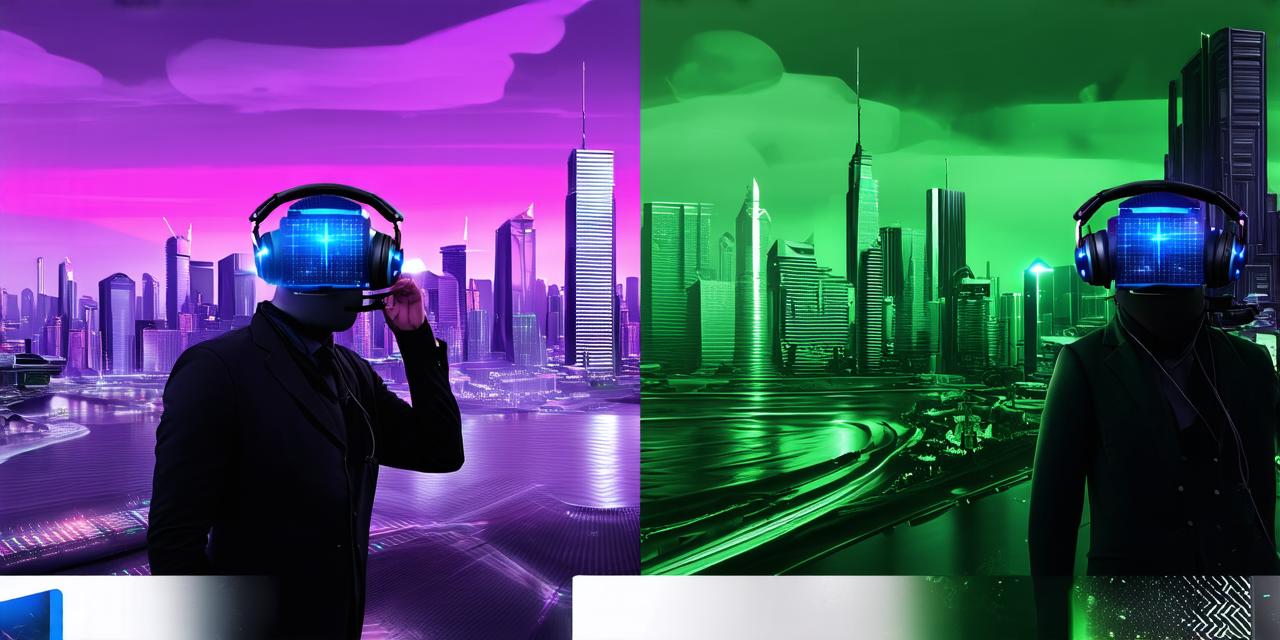
How is Virtual Reality Software Developed?
- 0
Virtual reality (VR) technology has come a long way since its inception, and it’s now being used in a variety of applications, from gaming to education to healthcare.

But how exactly do developers create VR software? In this article, we’ll take an in-depth look at the process of developing virtual reality software, including the tools, techniques, and best practices used by experts in the field.
First and foremost, it’s important to understand that VR software development is a complex process that requires a multidisciplinary approach. Developers need to have expertise in areas such as computer graphics, programming, user experience (UX) design, and motion capture, among others.
In addition, they must also have a deep understanding of the unique challenges and opportunities presented by VR technology.
One of the key tools used in VR software development is game engines like Unity and Unreal Engine. These platforms provide a set of pre-built assets and tools that make it easier to create immersive virtual environments, characters, and objects. They also offer support for various scripting languages, such as C and Python, which can be used to write custom code and logic.
Another important aspect of VR software development is motion capture. This technology involves tracking the movements of actors or objects in real-world space and using that data to create realistic animations and interactions within a virtual environment. Motion capture can be done using a variety of methods, including wearable sensors, cameras, and optical or magnetic tracking systems.
In addition to technical tools and techniques, successful VR software development also requires a strong focus on user experience design. Developers must consider how users will interact with their virtual environments and what level of immersion and realism they want to achieve. This can involve designing intuitive interfaces, creating believable visual effects, and optimizing performance for smooth gameplay.
One example of a company that has successfully developed VR software is Oculus, the makers of the popular Oculus Rift headset. They have used their own proprietary game engine, called Unreal Engine, to create a wide range of VR experiences, from gaming to educational applications. In one case, they worked with NASA to develop a VR training program for astronauts, which simulated spacewalks and other missions in a safe and controlled environment.
Another example is the use of VR software in healthcare. For instance, surgeons can use VR technology to practice complex procedures in a virtual environment before performing them on real patients, reducing the risk of complications and improving patient outcomes. In addition, VR therapy has been shown to be effective in treating a variety of mental health conditions, such as anxiety and depression, by providing a safe and controlled environment for exposure therapy.
Despite the challenges and complexities involved in VR software development, there are many resources available to help developers get started. These include online tutorials, documentation, and community forums, as well as specialized training programs and certification courses. In addition, there is a growing body of research and best practices that can guide developers in creating effective and engaging VR experiences.
In conclusion, virtual reality software development is a complex and challenging field that requires expertise in multiple areas. However, with the right tools, techniques, and focus on user experience design, developers can create immersive and engaging VR experiences that have the potential to revolutionize a wide range of industries and applications. As VR technology continues to evolve and become more accessible, we can expect to see even more innovative uses of this powerful technology in the years to come.
FAQs:
Q: What tools are needed for VR software development?
A: Game engines like Unity and Unreal Engine are common tools used for VR software development. Other important tools include motion capture technology, 3D modeling software, and scripting languages.
Q: How do developers create realistic animations in VR?
A: Motion capture technology is often used to track the movements of actors or objects in real-world space and create realistic animations within a virtual environment.
Q: What are some examples of VR software development in healthcare?
A: VR therapy has been shown to be effective in treating mental health conditions such as anxiety and depression, and surgeons can use VR technology to practice complex procedures in a controlled environment before performing them on real patients.
Q: What challenges does VR software development present?
A: Developing VR software requires expertise in multiple areas, including computer graphics, programming, UX design, and motion capture. It also presents unique technical challenges, such as optimizing performance for smooth gameplay and creating immersive environments that simulate real-world experiences.

